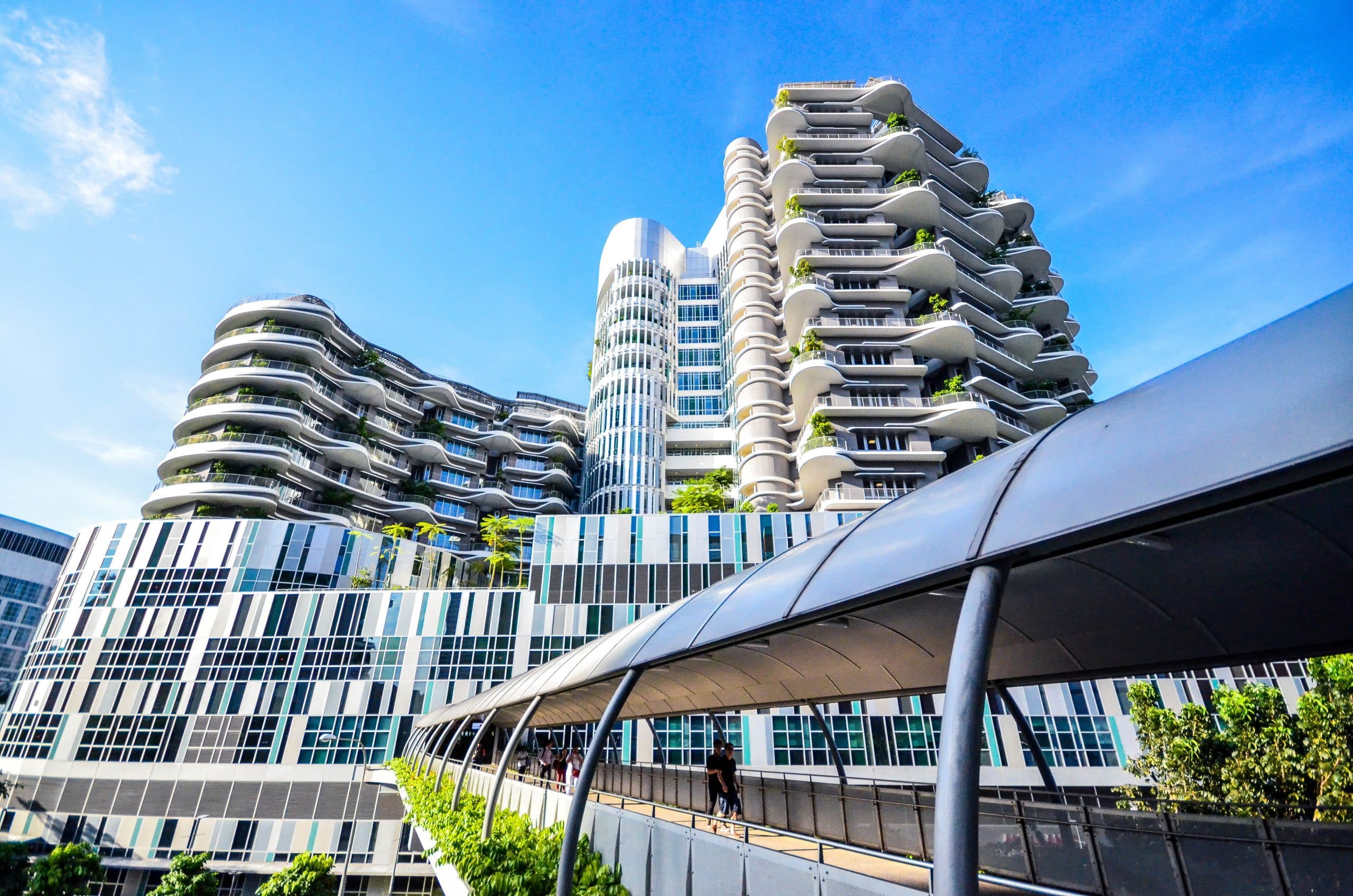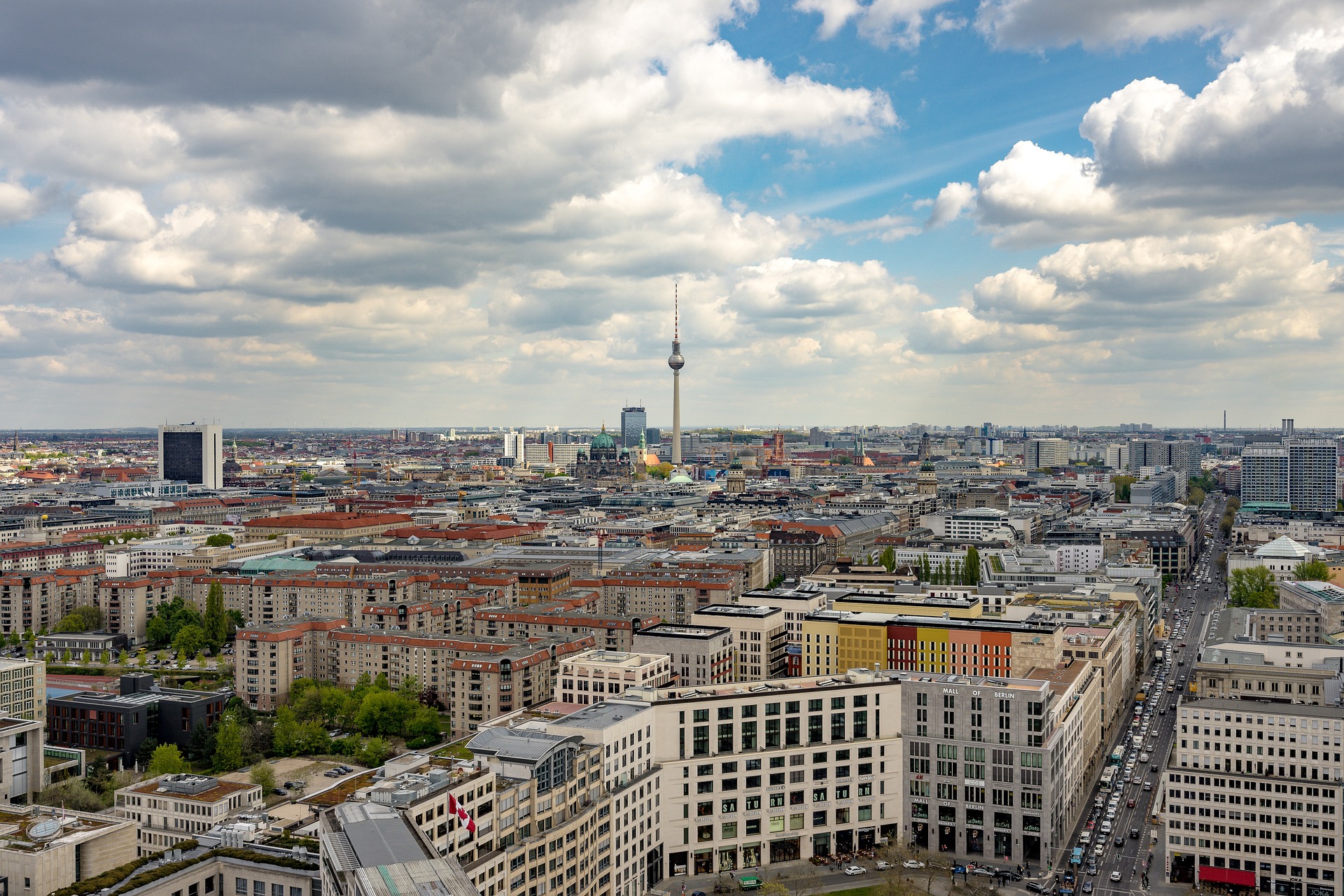Health and well-being at the heart of hospitals
Only 30% of our health is the result of our genes and medical care, which means that the remaining 70% is down to our environment. The architectural firm AIA Life Designers favors a green, low carbon structure, that is naturally ventilated and emphasizes the view and natural light with the aim of creating a relaxing environment for both patients and caregivers.
(Mahfoud Bennacer and Simon Tsuderos, AIA Architects Paris)
Relocate care structures close to living areas
Over the last 25 years, large French hospitals have been built on the outskirts of cities. Orpea relocates care facilities to city centers to encourage proximity with patients and to integrate the care system within the city.
(Emmanuel MASSON, Executive Vice-President in Charge of Network Development, Orpea)
It is essential to put in place care structures that are as close as possible to inhabitants in poor countries, and to promote a mutual system to allow free access to care for the poorest.
(Yannick Lucas, Director of Public Affairs, Mutualité Française)
Digitizing the care pathway
This is the technological challenge for health care institutions. Enovacom connects the hospital to the city, so that caregivers can enter patient information into an online dossier (via a secure cloud) that is accessible to all caregivers who subsequently come into contact with this patient.
(Simon Chassain, Sales Director, Enovacom, Orange)
Digital technology has a fundamental role to play in improving the flow of information between health care facilities and patients, before, during and after their stay in hospital.
(Sébastien Duré, Co-founder and Operational Director, Hoppen)
Improve the environmental footprint of hospitals
The quantity of medical waste treated is 1 kg/day per occupied bed, i.e. for a hospital with 100 beds, 3 tonnes per month of waste that needs to be transported by truck and incinerated.
Tesalys offers to sort and treat this waste on site using a decontamination machine. The result is an 80% reduction in the volume of medical waste. Better still, 96% of what remains, after decontamination, can be recycled along with conventional waste.
(Miquel Lozano – President of Tesalys)







